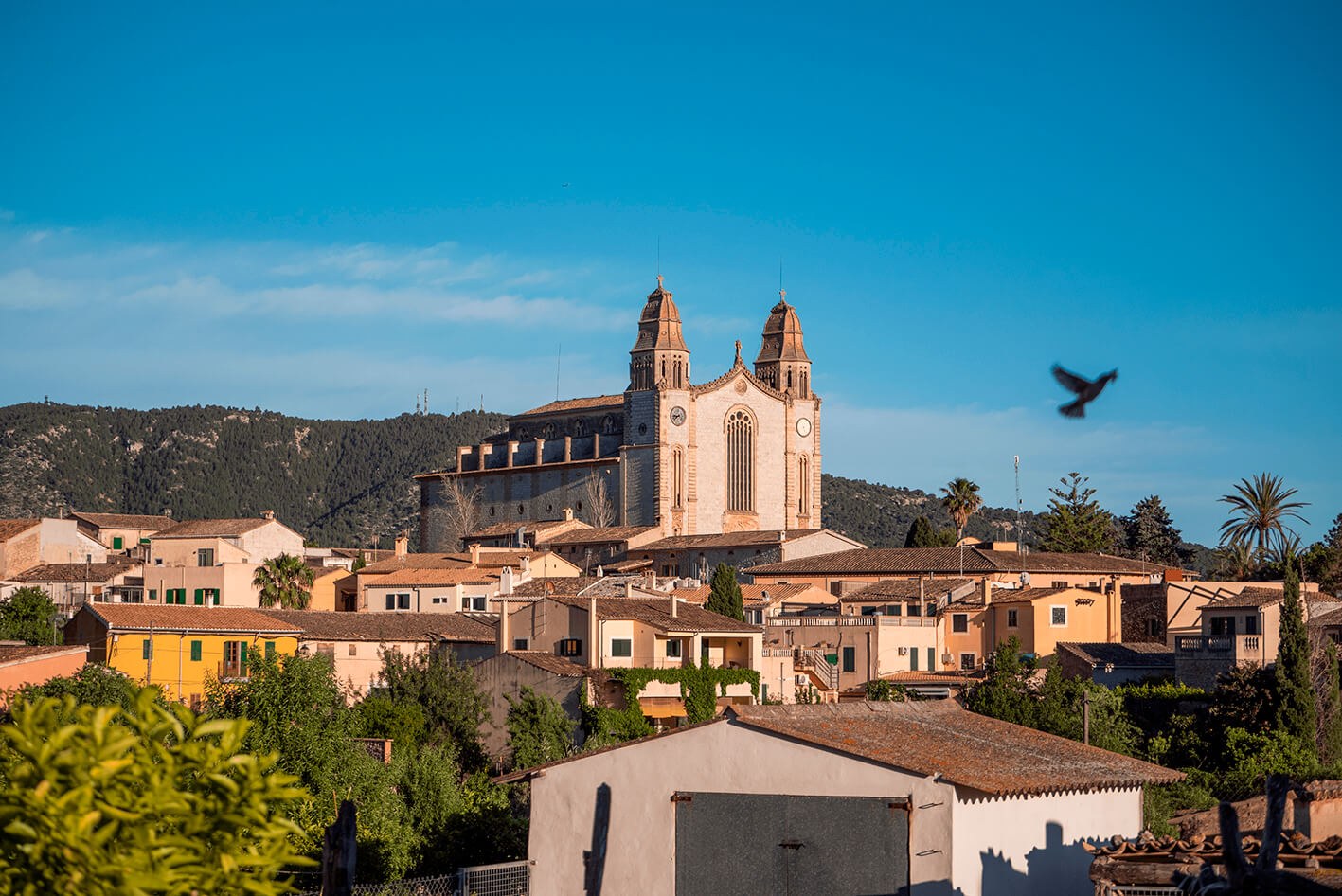
The Puig de sa Morisca Archaeological Park
The Puig de sa Morisca Archaeological Park in Santa Ponça is a project that began in 1997 through a collaboration between the University of the Balearic Islands (UIB) and the Calvià Town Hall. Spanning over 45 hectares, 35 of which are municipal property, the park contains one of Mallorca’s most significant concentrations of archaeological sites, including six integrated settlements and ten associated ones. Beyond its exceptional archaeological wealth, the Park also boasts a rich natural, ethnographic, and landscape heritage. Visitors can explore over 8 kilometers of trails, featuring 19 ethnographic sites and five viewpoints. As the largest peri-urban park in the municipality, it now welcomes more than 70,000 visitors annually.
The future Museum
The museum faced several limitations in hosting complementary activities for educational purposes, as well as tourist initiatives and workshops. The Master Plan for the Puig de sa Morisca Archaeological Park, published in 2002, had already envisioned the creation of an archaeological museum as one of the Park's flagship projects. The construction of this center established a dedicated museum infrastructure to house the archaeological collections from the Calvià area. Furthermore, it provided the municipality of Calvià and the southeastern region of Mallorca with a new cultural and tourist attraction, enhancing the offerings of the Puig de sa Morisca Archaeological Park. As a result, becoming a benchmark for heritage dissemination and management at the Balearic level.
The Project to Construct the Future Museum of the Puig de sa Morisca Archaeological Park was approved by the Comissió d'Impuls de Turisme Sostenible, with funding of €1,765,174.51 provided by the Fons d'impuls al turisme sostenible as part of the 2017 Annual Plan (ITS2017-097). This approval was formalized through the Resolution issued by the President of the Balearic Islands Tourism Strategy Agency on July 9, 2018.
Work on the museum began in January 2019. It consists of a main building with a surface area of about 1700 m2 and is organized on two floors. On the ground floor, there is an interior courtyard and a large hall that distributes the different rooms: the temporary exhibition hall, the restoration and archaeology laboratories, the administrative services of the Museum, the shop, and the bar. The underground floor houses the permanent exhibition hall and the various storage rooms, which will display and house the collections from the archaeological work of more than 50 years in the municipality. In addition, an area has been included for the diffusion and education of children, consisting of an outdoor courtyard and a room where workshops and more playful activities can be carried out.
The permanent exhibition at the Archaeological Park Museum will have a universal theme. Under the title Humans in Contact, it will show how contact with other people and communities has made us essentially human. However, these contacts have been very diverse and have had different consequences throughout history. The Archaeological Park of Puig de sa Morisca will offer a unique window to explore during the tour the different types of contacts that existed over time. On display will be the contact between the Punics and the Talayotics, the relations between the Roman conquerors and the local communities, and the conquest of Mallorca by the troops of King Jaume I in 1229. The exhibition concludes by exploring the complexities and contradictions of contemporary interactions, where the exchange of information and the movement of people bridge the gap between our daily lives and a globalized world.
Calvià Town Council, the Government of the Balearic Islands, the Council of Mallorca, and the University of the Balearic Islands have joined forces to set up a project in which it is clear that the existing heritage in the Archaeological Park has a relevance that goes beyond the municipality of Calvià itself and is integrated into the history of the Balearic Islands as a whole. Through the creation of a Foundation, these four institutions will contribute their knowledge, efforts, and resources to the development of the project. The contributions will include funding, approval for the permanent deposit of archaeological collections in the future museum, and support for research and educational initiatives that the UIB will promote within the park.
For more information on the Archaeological Park Museum project:










